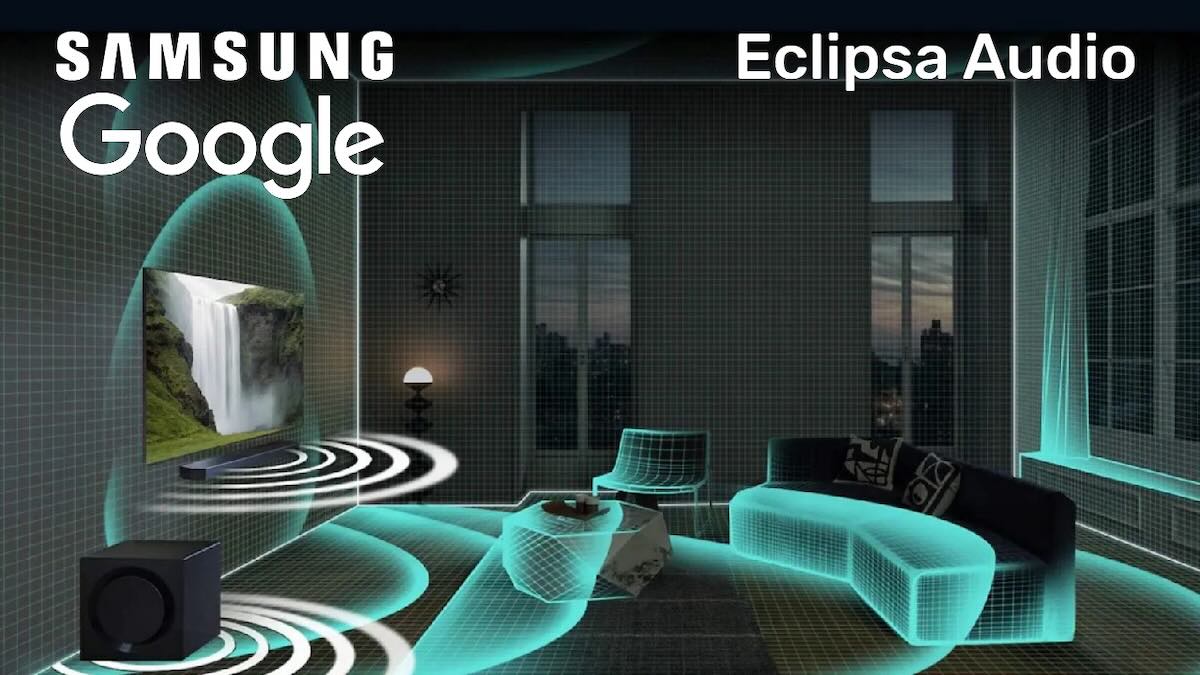
Eclipsa Audio Challenges Dolby Atmos
For years, many aspects of the film and audio production industry have been subject to Dolby's influence, particularly its preeminent Dolby Atmos technology. From cinema screenings to Blu-ray discs and high-end streaming services, Dolby Atmos has become the de facto standard for immersive multi-channel audio formats. However, this hegemony comes at a cost: content creators and manufacturers are not only obliged to utilize Dolby's technology but also to pay licensing fees for Dolby Atmos. Consequently, Google and Samsung initiated the development of a new audio technology years ago to challenge Dolby Atmos's supremacy.
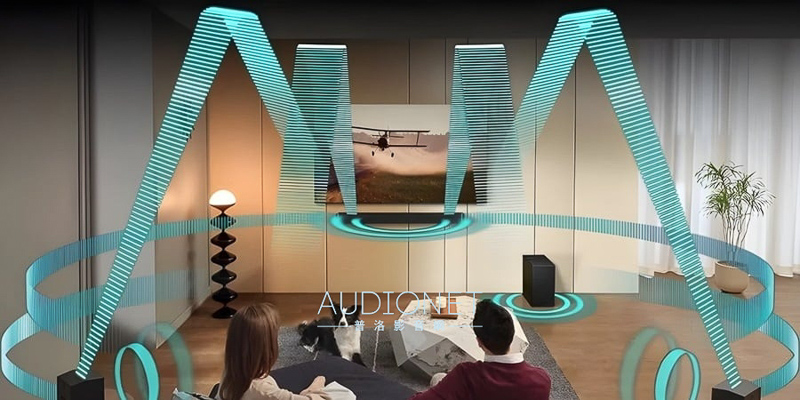
Information about this market development first surfaced as early as 2020, and by 2023, it had gained more definition. During this period, we heard the project referred to as "Project Caviar," and there were reports that the new audio technology would be named IAMF (Immersive Audio Model and Formats). Two points were certain: first, this technology would offer a fully immersive 3D audio experience, allowing content creators to customize sound positioning, intensity, movement trajectories, and more through software, creating varied and engaging immersive experiences. Second, it would be an open-source, royalty-free technology, aimed at attracting widespread adoption among manufacturers—a feature that generated considerable interest and anticipation.
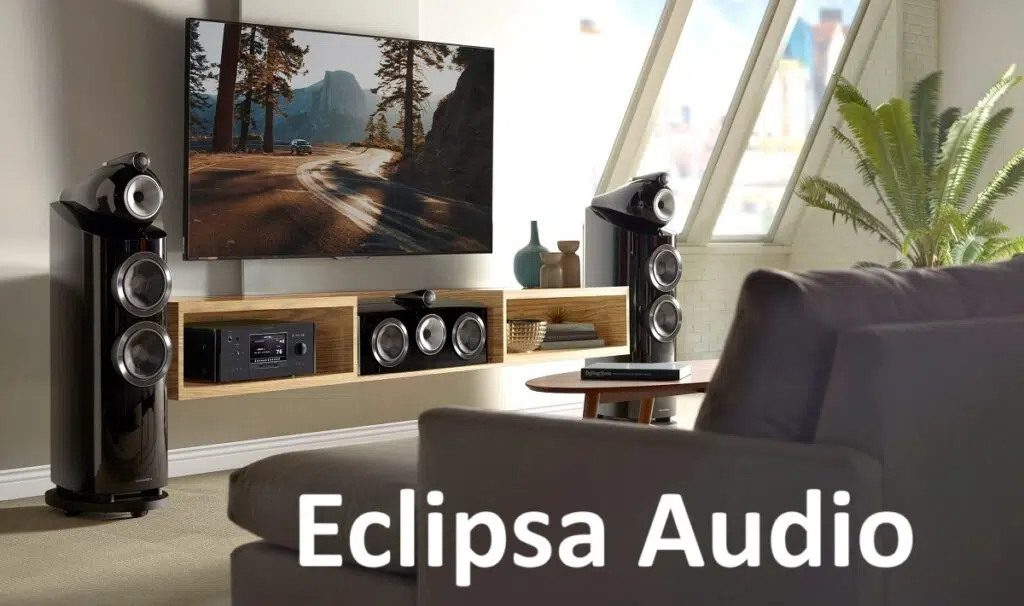
Many anticipated the new technology's launch in 2024, but its official unveiling was delayed until CES 2025 this year, where it was formally named Eclipsa Audio. True to its earlier promises, Eclipsa Audio delivers on its core features. Google has announced that YouTube is committed to adopting this technology, enabling creators to upload videos with Eclipsa Audio soundtracks. On the playback front, Samsung has confirmed that its entire 2025 TV and soundbar lineup will support and decode this new format, spanning from entry-level models to high-end 8K televisions.
At first glance, this creates a somewhat paradoxical situation: ideally, Eclipsa Audio content will primarily be available on YouTube, and playback will necessitate a 2025 Samsung TV or soundbar to decode the format. This may appear to have an initially limited scope, but it is an understandable starting point. Immersive 3D audio technologies require hardware capable of decoding the format, and as a new entrant, Eclipsa Audio naturally lacks widespread manufacturer support. Samsung, as one of the developers, is taking the lead in promoting the technology.
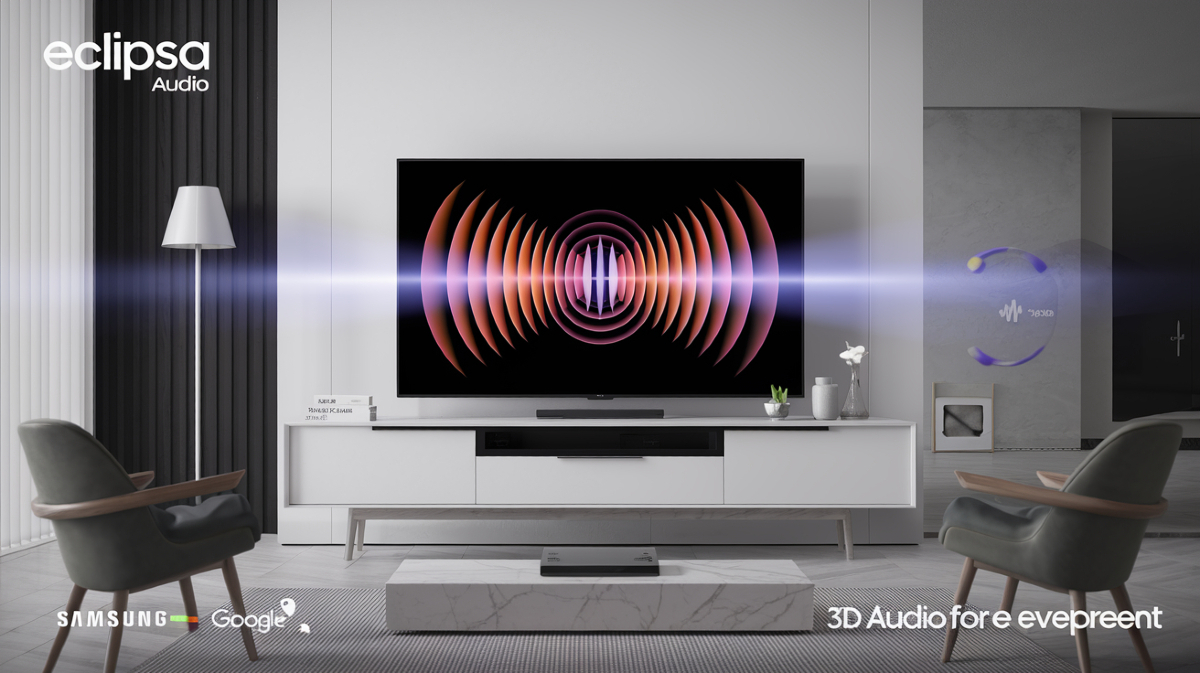
While YouTube may initially be the only major platform supporting Eclipsa Audio, it's crucial to note that YouTube is the largest video streaming platform globally, far surpassing Netflix and Disney+ in terms of content volume and viewership. The introduction of a new "immersive audio" format on YouTube is likely to pique user interest, especially if the platform actively promotes it. This could incentivize other manufacturers to adopt the technology, making "Eclipsa Audio support" a key selling point for future devices.
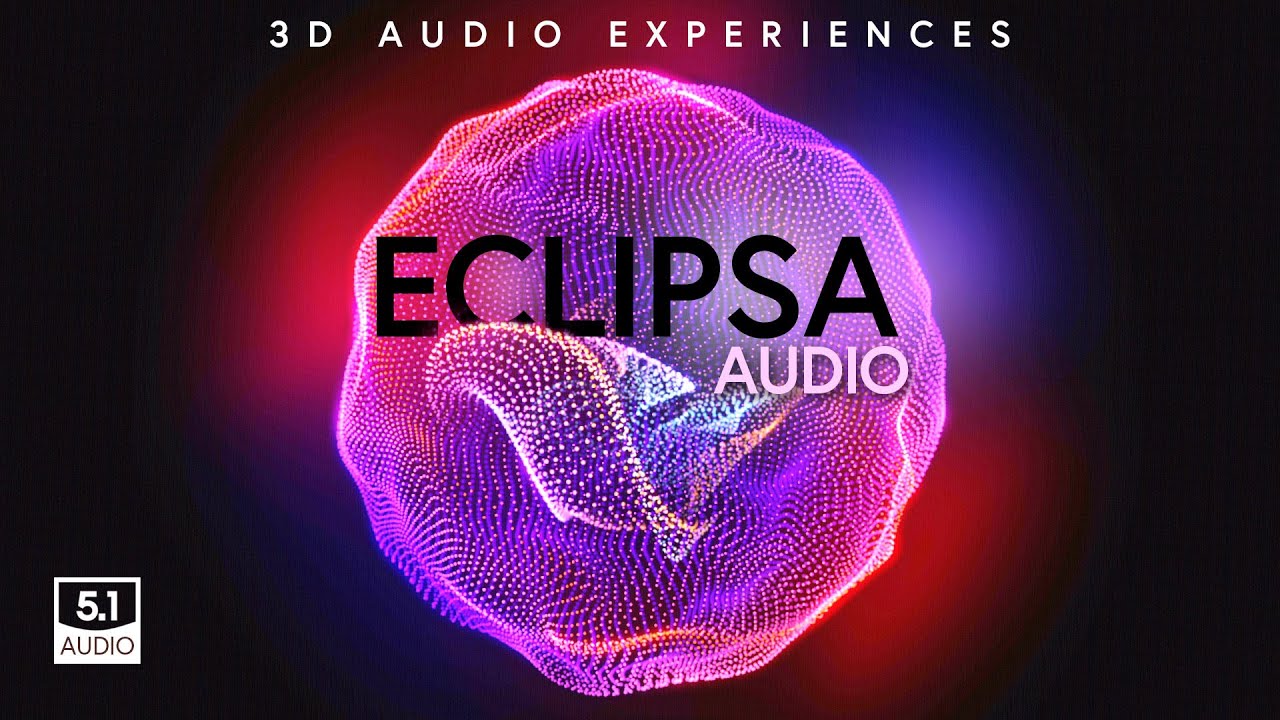
That said, the ultimate measure of Eclipsa Audio's success will be its performance, particularly when juxtaposed with Dolby Atmos in a traditional multi-channel home theater setup. Does it possess the ability to compete with Dolby Atmos on equal footing? This remains the most critical question. However, with only Samsung's 2025 TVs and soundbars currently supporting the format, a definitive assessment may have to wait.
In conclusion, Eclipsa Audio represents a bold step toward breaking Dolby's stronghold on the audio industry. While its initial ecosystem may be relatively limited, its open-source nature and focus on immersive experiences could pave the way for broader adoption in the future. For now, the audio world watches with keen interest to see if Eclipsa Audio can truly go toe-to-toe with Dolby Atmos.



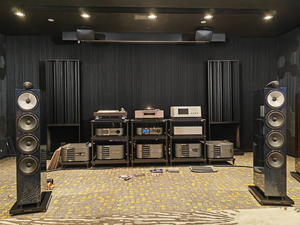
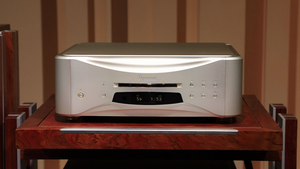
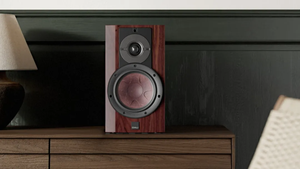
Comments